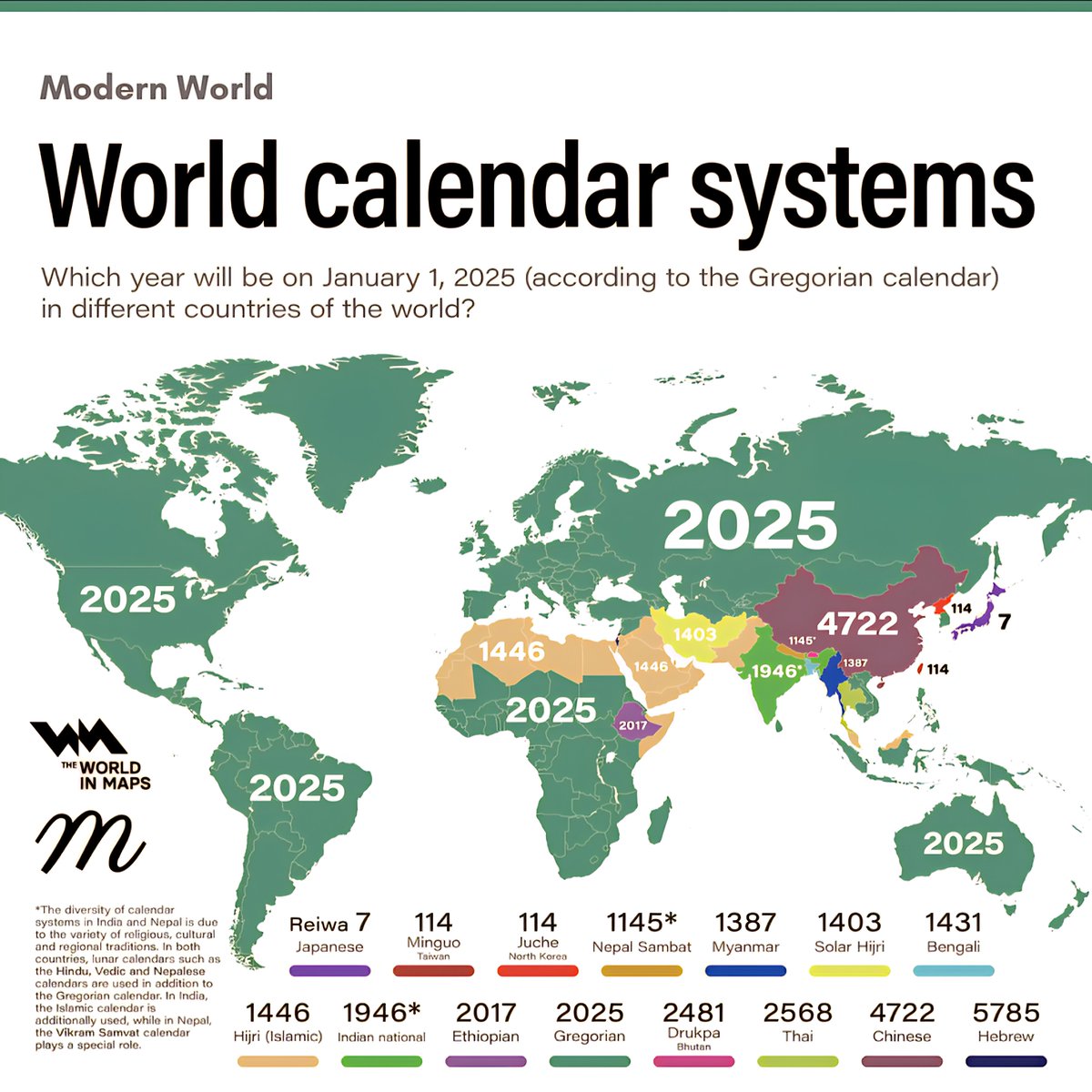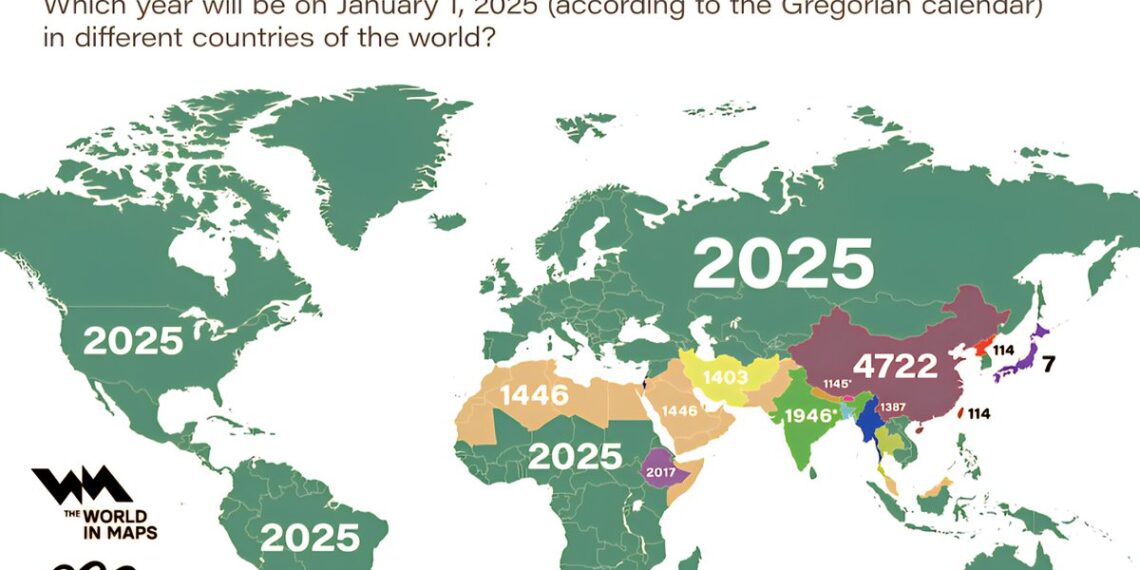Select Language:
The Evolution of Global Calendar Systems

1. The Gregorian Calendar: The Tenacious Standard
The Gregorian calendar, introduced by Pope Gregory XIII in 1582, remains the most widely used civil calendar worldwide. It replaced the Julian calendar, correcting inaccuracies that caused the date of Easter to drift. Today, it structures our daily routines, international schedules, and global commerce. Despite its dominance, some cultures still maintain traditional or lunar calendars alongside it, reflecting a blend of ancient customs and modern needs.
2. Lunar and Lunisolar Calendars: Aligning with Celestial Cycles
Lunar calendars, like the Islamic Hijri calendar, are based solely on the moon’s phases. The Hijri calendar, for instance, consists of 12 lunar months totaling approximately 354 days, which causes Islamic holidays to shift annually relative to the Gregorian calendar. Lunisolar calendars, such as the Chinese and Hebrew calendars, combine lunar months with solar years. These systems preserve cultural and religious observances, ensuring their festivals and rituals fall according to lunar cycles while remaining aligned with the solar year.
3. The Islamic Calendar: A Solemn and Sacred Timeline
The Islamic lunar calendar is pivotal for religious observances, Islamic holidays, and rituals. It begins with the Hijra, Muhammad’s migration from Mecca to Medina. Since it is about 10 to 12 days shorter than the Gregorian year, Islamic festivals like Ramadan, Eid al-Fitr, and Eid al-Adha migrate annually through the Gregorian seasons. In 2025, Ramadan is expected to start around March 31, highlighting the calendar’s significance in religious life.
4. The Hebrew Calendar: Combining Tradition with Precision
The Hebrew calendar operates on a complex lunisolar system that ensures Jewish festivals occur in their designated seasons. It incorporates 12 lunar months with an additional month added during leap years, which occur approximately every three years. This calendar guides Jewish observances such as Passover, Rosh Hashanah, and Yom Kippur. For 2025, Passover begins on the evening of April 15, emphasizing its role in maintaining cultural continuity.
5. The Chinese Calendar: Embracing Lunar and Solar Harmony
The traditional Chinese calendar is a lunisolar system that determines festivals like the Lunar New Year, which fell on February 10 in 2025, marking the Year of the Dragon. It combines lunar months with solar terms, guiding agriculture and cultural festivals. While the Gregorian calendar is used for official purposes, the Chinese calendar deeply influences cultural life, astrology, and traditional celebrations.
6. Astronomical Calendars: Precision in Timekeeping
Modern astronomical calendars are used for scientific purposes, space exploration, and timekeeping precision. They often incorporate atomic time standards and celestial observations to improve accuracy. These systems are crucial for satellite operations, navigation, and understanding celestial events. In 2025, astronomical calendars help monitor planetary alignments and forecast phenomena like solar eclipses, fostering both scientific research and public engagement.
7. The Revised or Alternative Calendars: Innovations and Proposals
In recent years, there have been proposals for new calendar systems aimed at increasing efficiency or promoting global unity. The International Fixed Calendar and the World Calendar are examples that attempt to provide uniformity, with 13 months of equal length. Although not widely adopted, these systems spark discussions about how a single, standardized global calendar could improve international coordination, especially in business and technology.
8. The Impact of Cultural Diversity on Calendar Usage
Despite the dominance of the Gregorian calendar, cultural diversity continues to influence how groups observe time. Indigenous and traditional calendars often coexist with modern systems, preserving unique cultural identities. For example, the Indigenous McQuesten calendar or the various tribal lunar calendars serve to uphold ancestral knowledge. Recognizing and respecting these diverse systems fosters cross-cultural understanding in an interconnected world.
The landscape of calendar systems is rich and multifaceted, blending science, tradition, and cultural identity. As technology advances and global interconnectedness grows, the ways we measure and observe time continue to evolve—reflecting both our shared humanity and our diverse histories.






